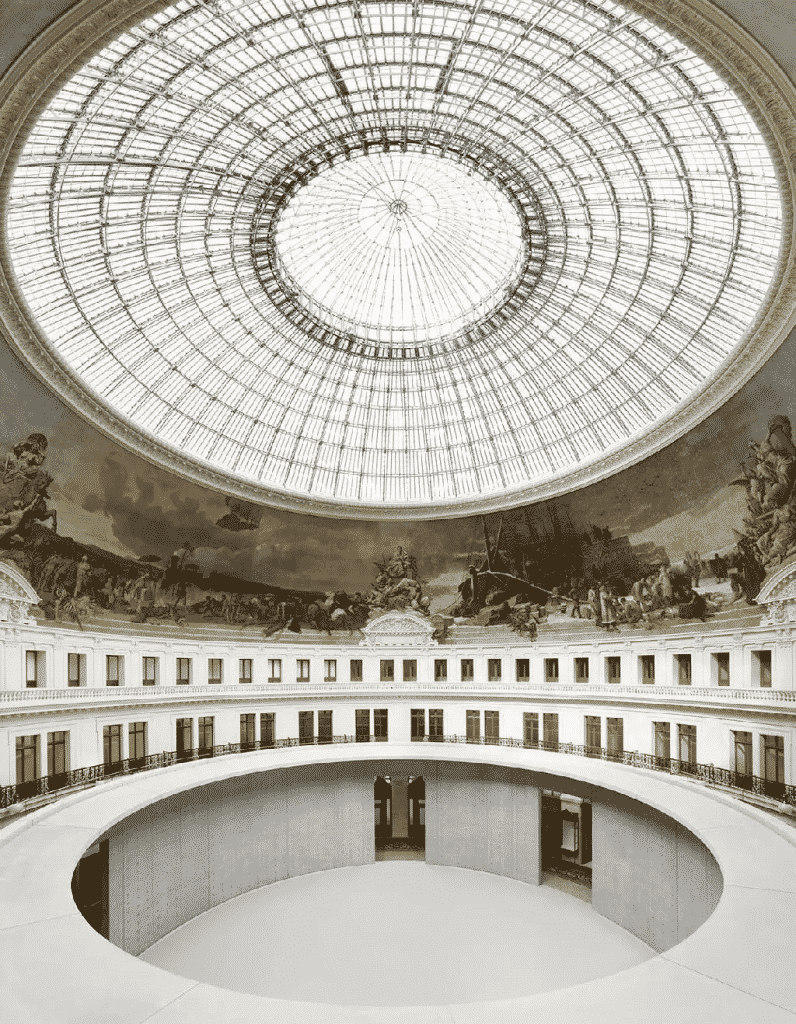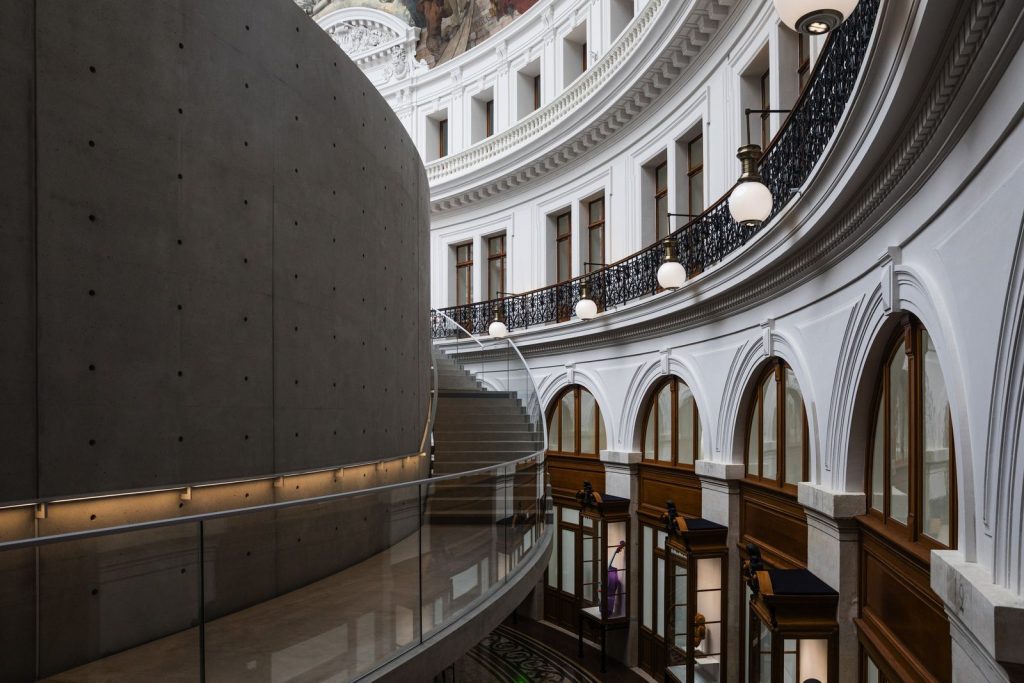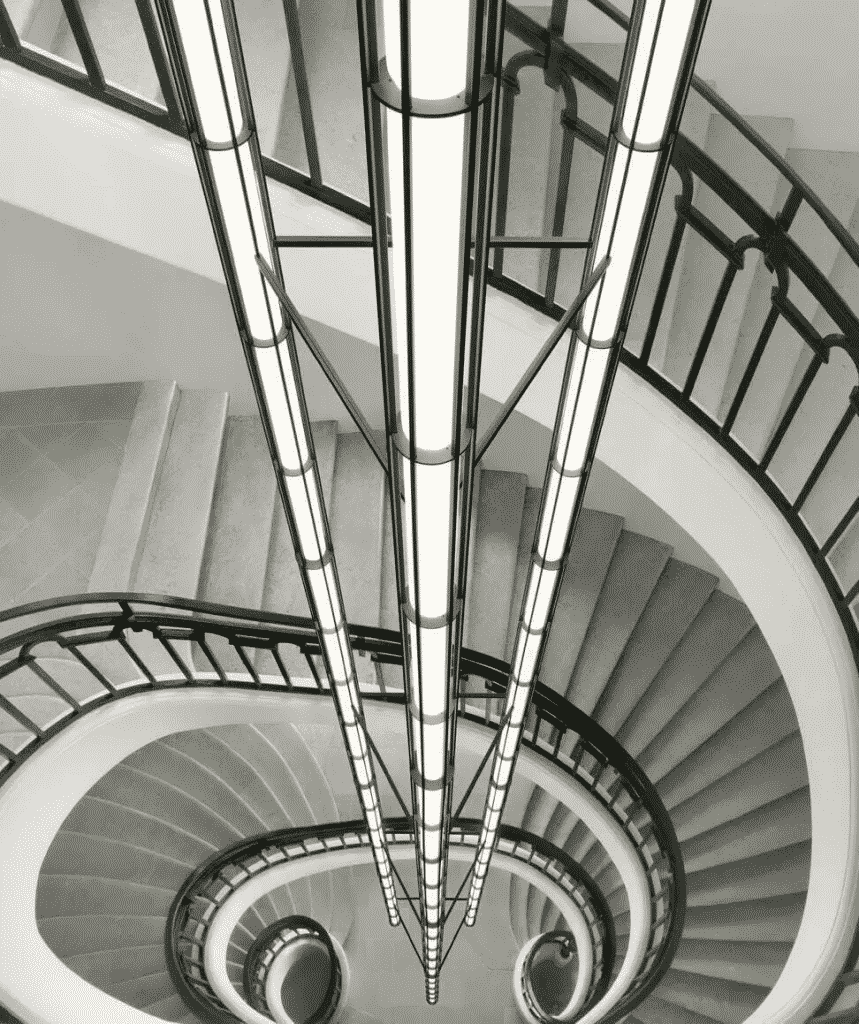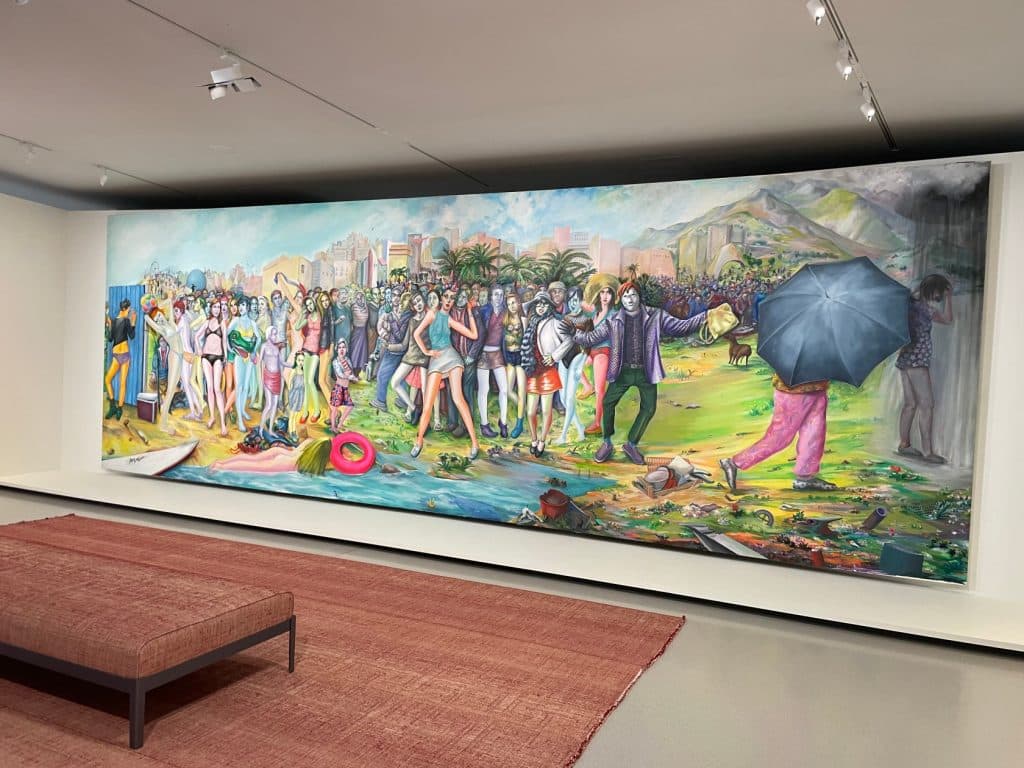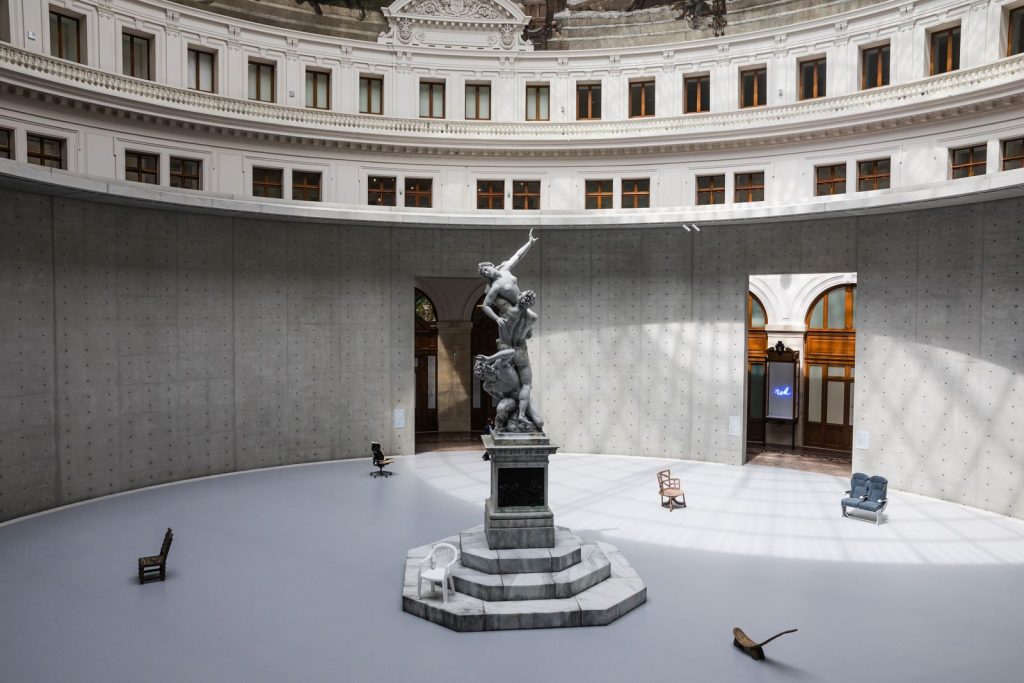French businessman Francois Pinault is not only one of the wealthiest self-made billionaires in France, but he’s also an art collector of international renown.
With a net worth of $54 billion French businessman Francois Pinault, is one of the world’s greatest contemporary art collectors of all time. After creating the Pinault Collection, a collection with over 10,000 art pieces by 400 artists, his lifelong dream to display his private collection to the public was about to come true.
Pinault was born in 1936. It was a small village located in Les Champs-Geraux, a region found in Northwest France called Brittany. His family had been in the timber trading business for centuries. At the age of 11, Pinault dropped out of high school and joined his father’s timber business.
From 1990 to 2005, he considered this period in his life to be ‘the corporate raider years’, where he began investing his money into buying smaller firms, building them up and turning them into giant enterprises.
After the passing of his father, Pinault took over his father’s wood and building materials company in 1963, which was later transformed into the international luxury business – Kering.

Kering is responsible for the design and production of luxury goods. Under this umbrella, he holds ownership of major fashion brands from Gucci, Saint-Laurent, Balenciaga and Ulysse Nardin to its parent investment company Artemis.
His most famous battle was when he fought over five years with his competitor, Bernard Arnault, for the takeover of Gucci. After buying a controlling 42% stake in Gucci for $3 billion, it all came to a close when the Gucci Group joined his empire in 2004.
In 2005, at the age of 69, he transferred his business to his son, Francois-Henri Pinault, so that he could place all his attention on one of his most prized passions – collecting and displaying art.
His collection includes art by Damien Hurst, Jeff Koons, Picasso, Mondrian, Urs Fischer and Cindy Sherman. They are just some of the internationally recognised artists’ pieces in his collection.
This also includes entire series of paintings, photographs, videos, sculptures and installations by younger and emerging artists from around the globe.
However, with such a vast collection at hand, Pinault turned to building a new temple of art to create a significant fulfilment of his life-long dream.
A project was born to promote contemporary art by making it accessible to a broad audience. Located 10 minutes from the Louvre, Pinault fulfilled his dream by opening his very own museum in Paris.
On 22 May 2021, the doors opened to the public.
This was a personal vision in which he has involved several members of his family, including his son, Francois-Henri Pinault, the current CEO of Kering.
Francois Pinault, the 84-year-old Kering founder, has been involved in the art world and market for decades.
According to Britannica, he affirmed his love for art after purchasing a 30% stake in the British auction house Christie’s in 1998. By the early 21st century, he had already acquired over 3000 pieces.
Pinault fully immersed himself in the world of contemporary art and regularly visited artists’ studios, and surrounded himself with advisors while visiting galleries.
In just a few years, he has managed to assemble one of the largest private art collections in Europe. During the short period that he had been collecting, Pinault also opened two private museums in Venice.
In 2006, he bought The Palazzo Grassi and later came to the Punta Della Dogana, both in Venice, to house parts of his collection. And now, a third of his group sits inside his new Paris contemporary art museum.
Now his two other museums in Venice are joined by a third of his own in Paris. By displaying works never seen before, guests and creatives alike can look forward to stepping into his farce collection in the city’s rich Pompidou.
In 2016, he was granted the lease of the Bourse de Commerce for 50 years which he converted into a museum fit for his collection.
The Bourse de Commerce is a remarkable 16th Century property, a unique piece of architecture located at the very centre of Paris. The structure required a complete renovation and transformation.
Pinault entrusted the task of renovating and redesigning the historical building to Japanese architect Tadao Ando. The work took three years to complete.
The new nine-meter concrete cylinder, defining the space, harmonises well with the circular shape of the 18th Century building and its 19th-century glass dome. According to Ando, his vision was to allow the light to filter in through the glass dome to represent its bright future, while the concrete cylinder stood for hope.
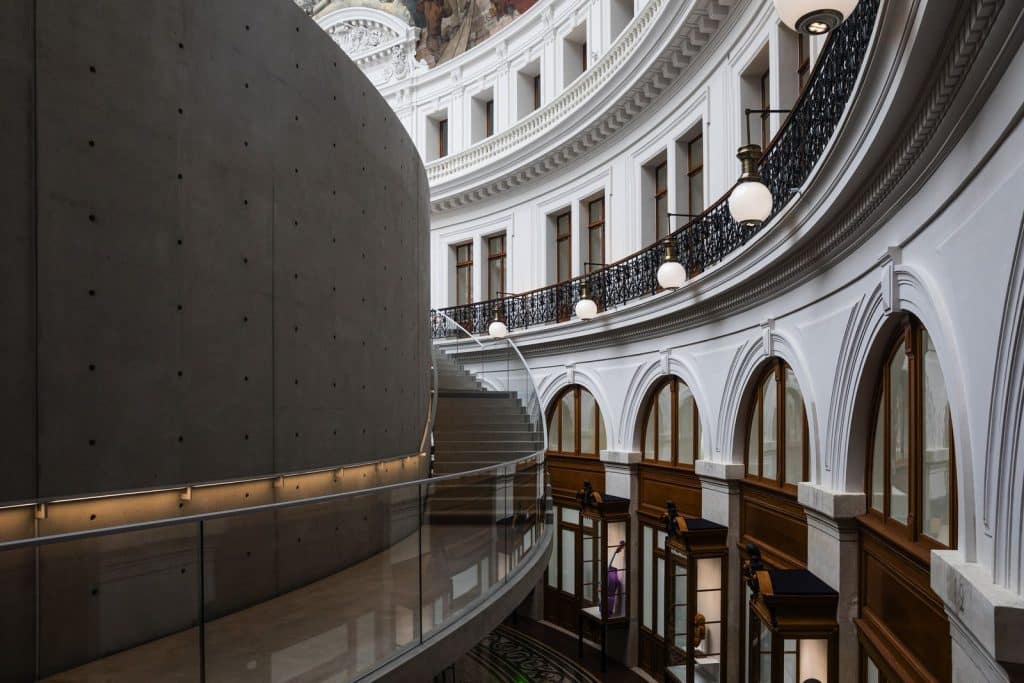
Ando’s project creates a link between past, present and future as it was initially used as an old stock exchange building. He wanted to use this as an embodiment of the city’s architectural history.
The roof is covered by an iron dome that would be the support system for a series of wall paintings that circled the room. The enclosed dome creates an inward feeling of intimacy for its visitors, almost creating a circle within a circle effect. The old historical exterior part of the building embraces the new contemporary space within.
The building’s renovations started in 2017 and were completed last year in 2020, costing around $194 million.
One of the renowned interior designers, Ronan Bouroullec, placed a radically modern twist against the old historical elements displayed inside. He, too, wanted to bridge the gap by putting furniture with vintage rustic designs next to modern contemporary pieces. Or even combining them.
The circled cylinder layout was also designed to organise people’s movement through the building. A double-helix staircase that spirals up towards the sky will be the central connecting point for all – floors inside.
The Bourse de Commerce is open to all audiences and artistic disciplines, with the aim to curious art fans looking to discover something new: to this end, there will also be a programme of conferences, film screenings, concerts and performances.
Pinault and his team were able to write a new chapter on the building’s history. He aims to stage up to 15 shows a year.
According to Forbes, the museum contains 6,800 square meters of cultural programming space, three floors of exhibitions galleries, a 284-seat auditorium, a black box theatre, reception areas and mediation rooms.
Visitors will be able to stroll along a platform wrapped around the cylinder, giving access to each exhibition space from angles and heights never before accessible.
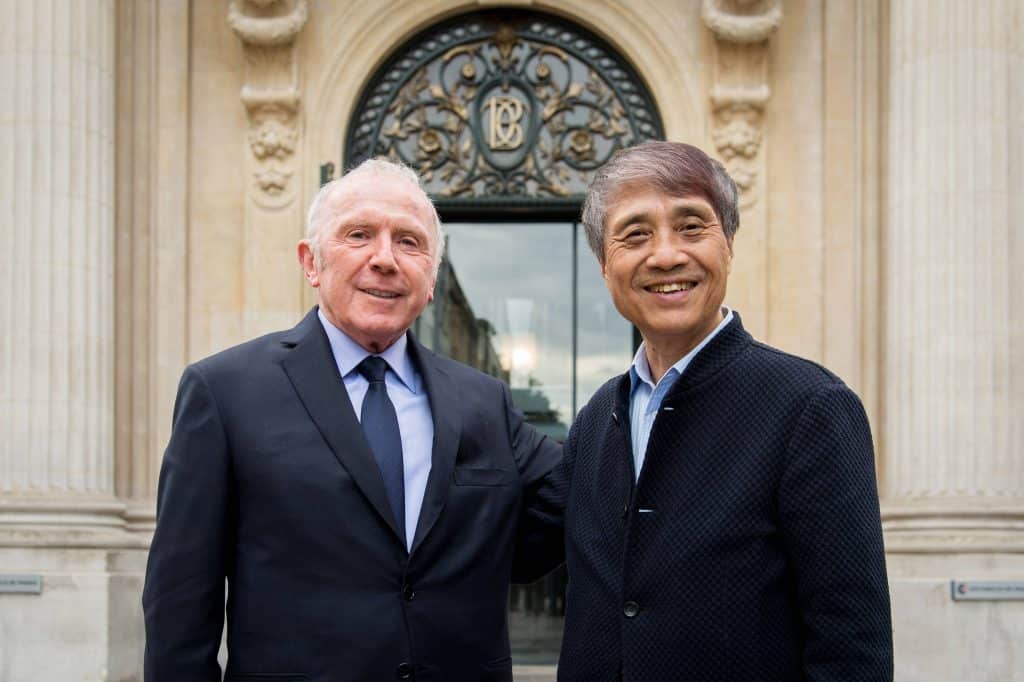
In an interview conducted by architectualydigest.com, Pinault spoke highly of his grand reveal:
“I am delighted with the upcoming opening of the Bourse de Commerce. Not only will it add to the European landscape of institutions devoted to presenting contemporary art, but after the difficult year experienced by France and the world in 2020, it will contribute to the renaissance of the Parisian cultural sphere.”
With a vast collection such as his, everyone expected Pinault to use artists whose works were already fetching very high prices on the international art market. Instead, he favoured artists who depicted a younger generation to pose the questions our society is dealing with.
He wanted the art to reflect our contemporary world.
Pinault is known for his highly humble, ambitious and giving nature and has always given back to charity.
He donated money for the re-forestation of Brittany after the wildfires of 1990. Made a donation to restore Victor Hugo’s house (one of the most influential writers in French literature) and pledged €100 million to restore Notre Dame after the wildfires of 2019.
It was 20 years since he first announced his intention to create a museum for his growing collection.
With three contemporary art museums under his belt and his business empire safety in the hands of his son, who knows what’s next for the inspiring international phenomenon.
For more information on visiting the Bourse de Commerce: Pinault Collection, visit their website here.
SEE MORE: How Much Do Billionaires Make in A Day?



